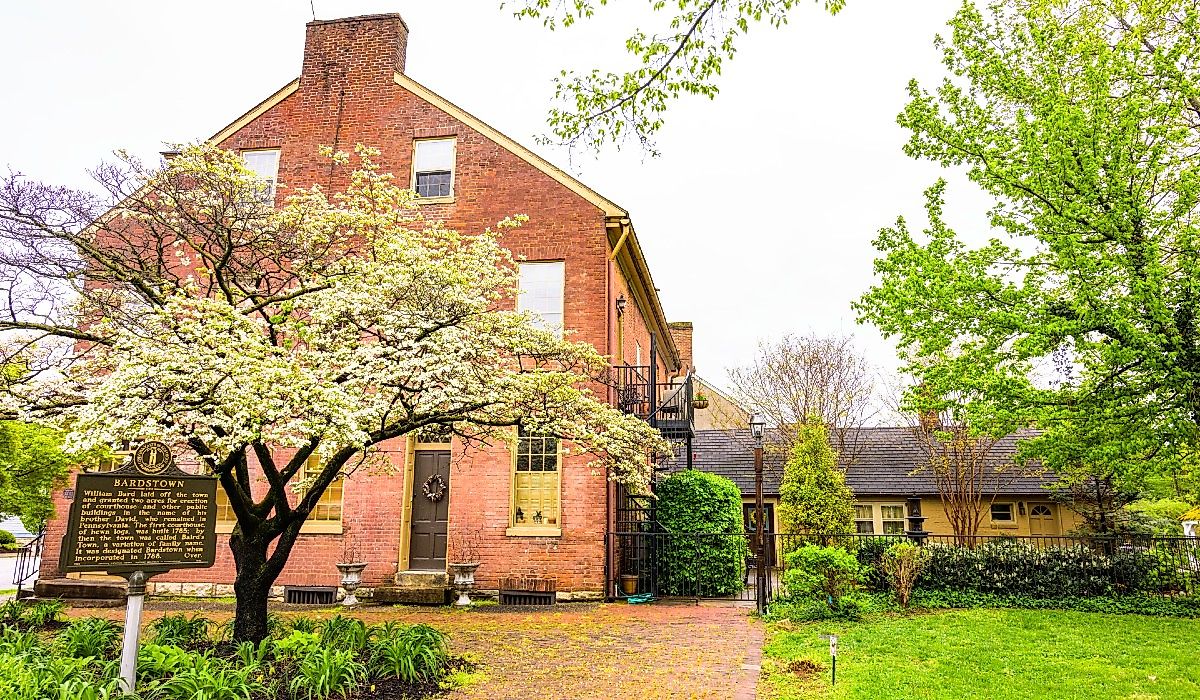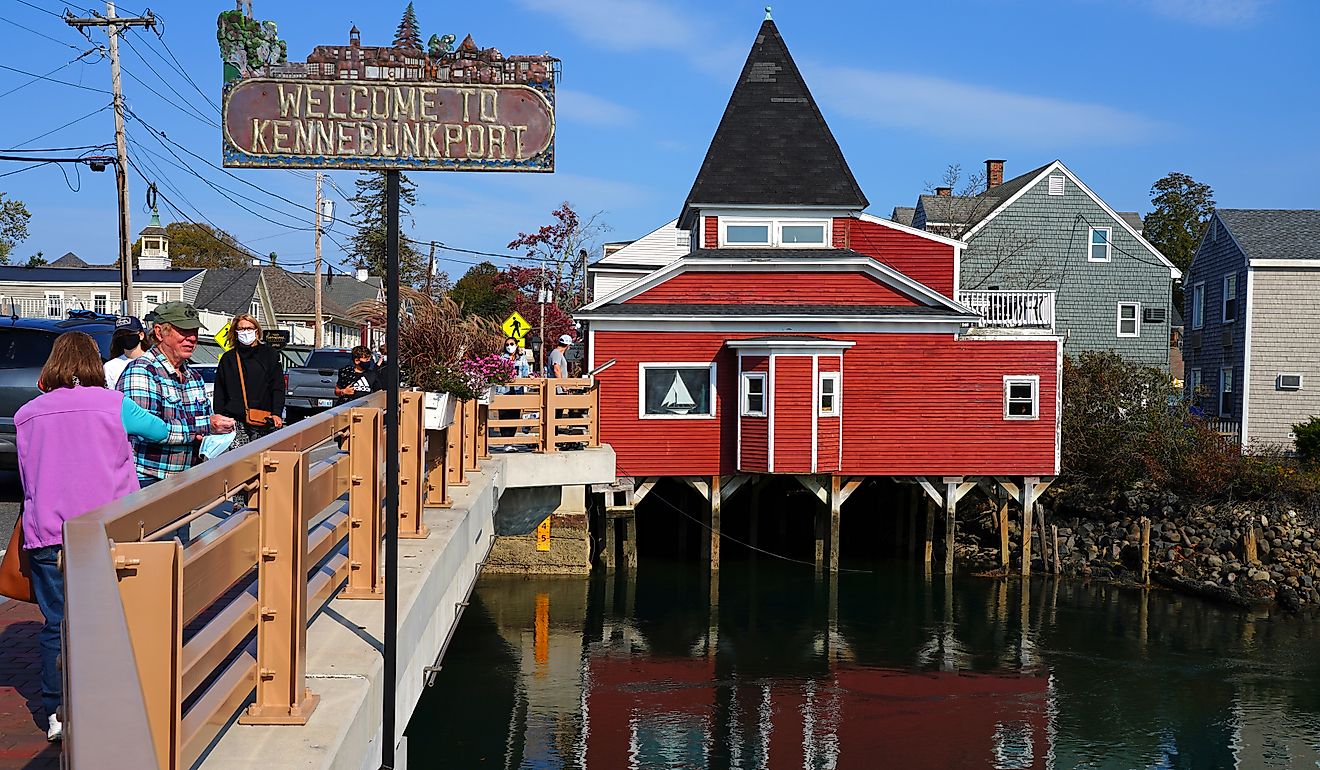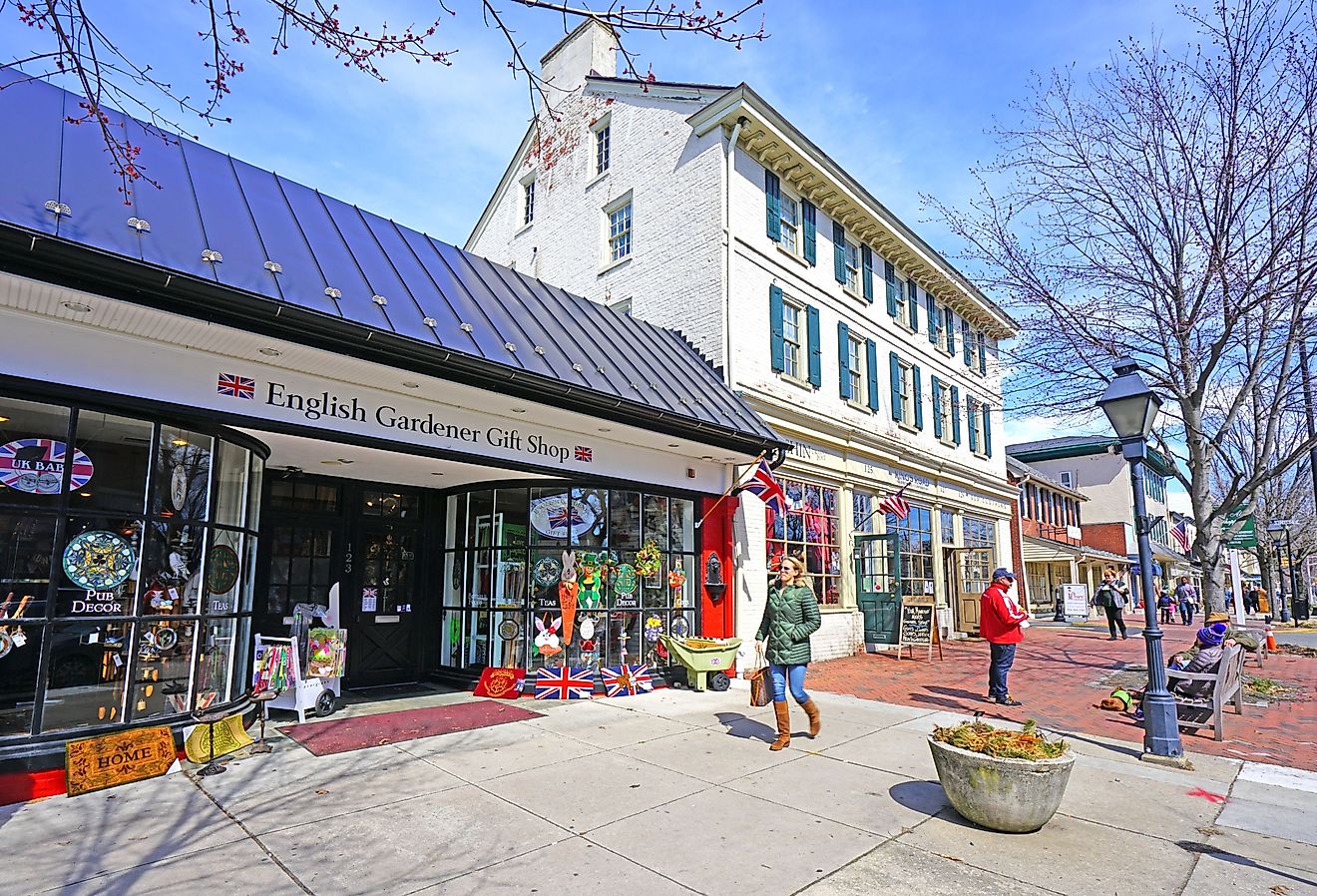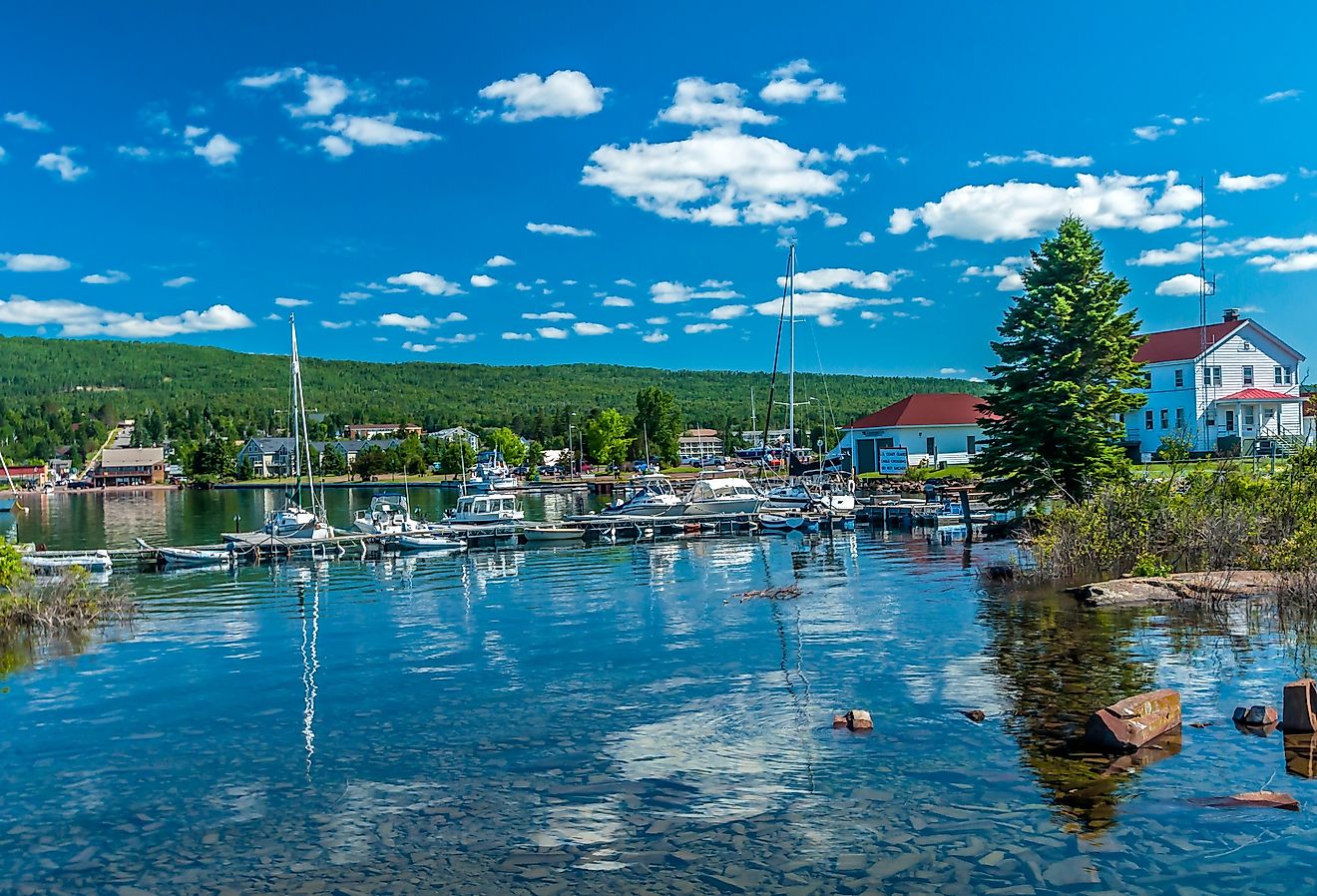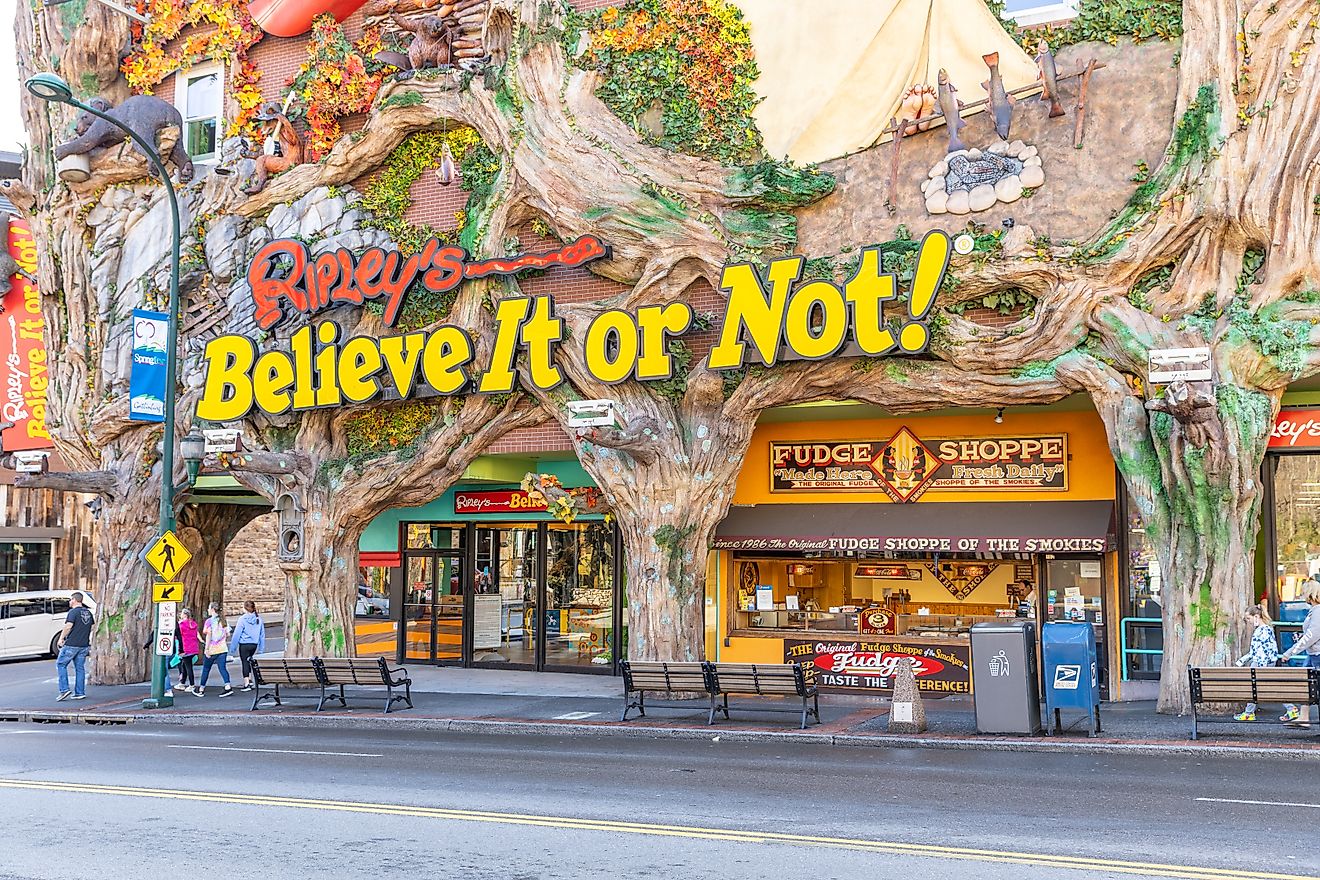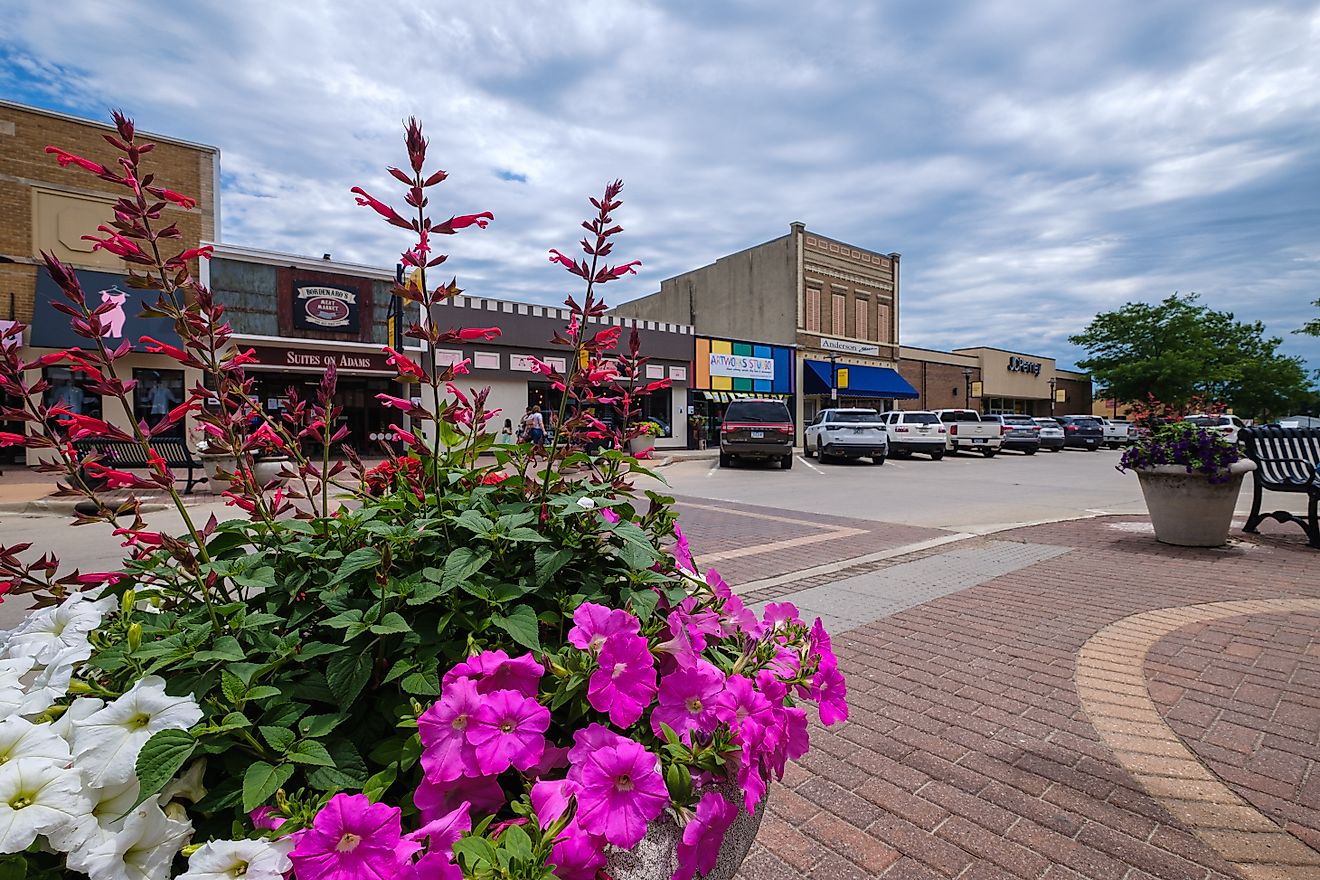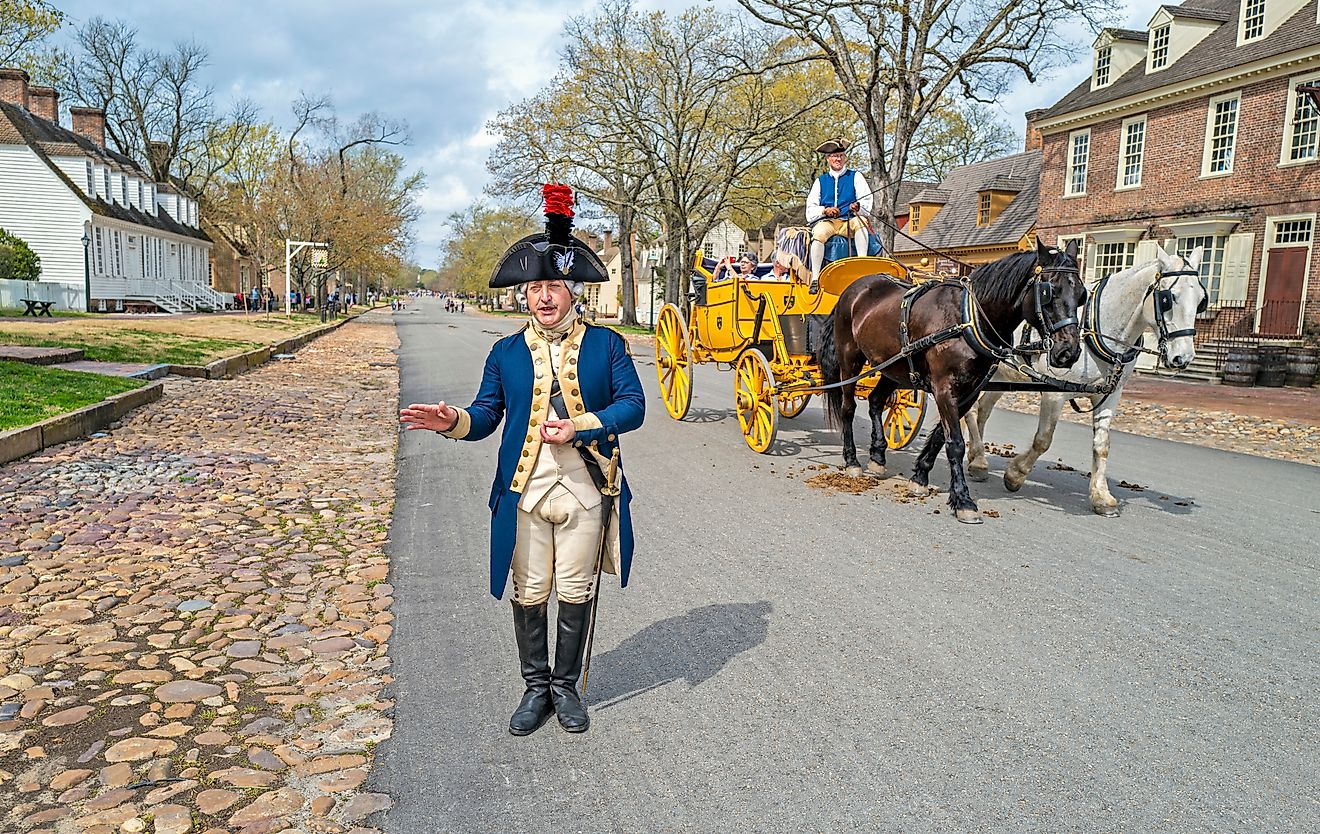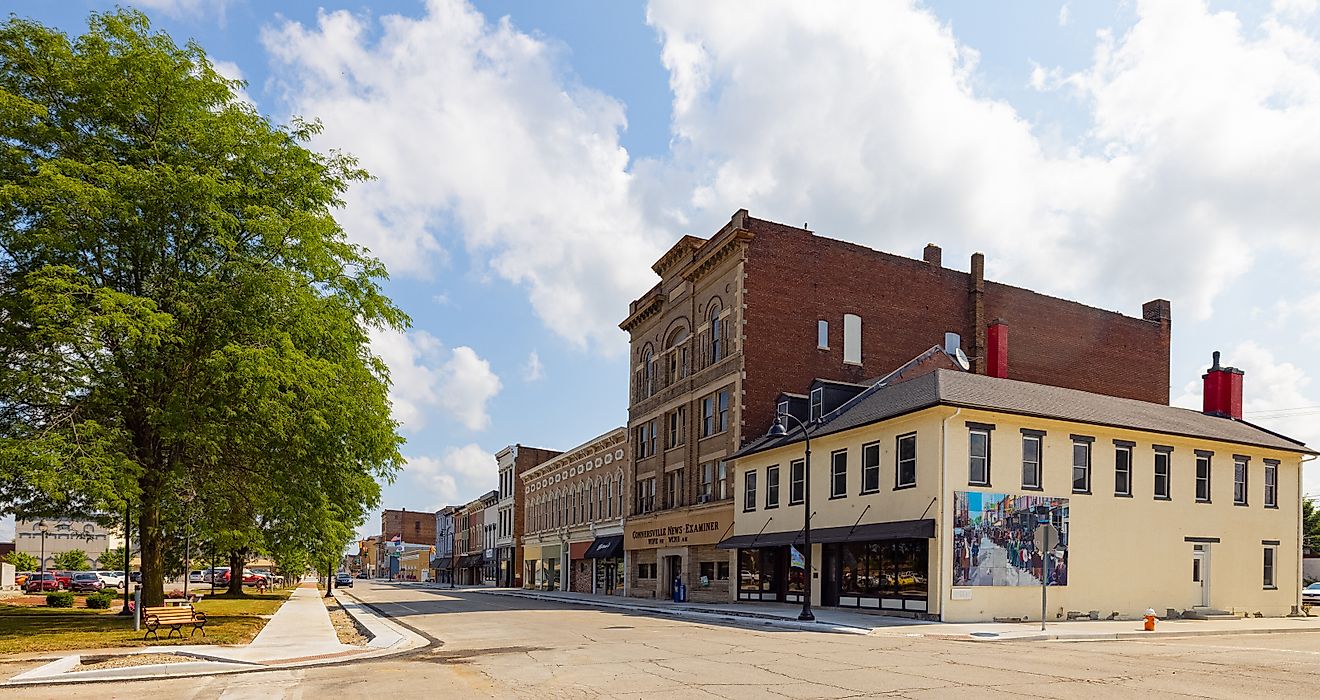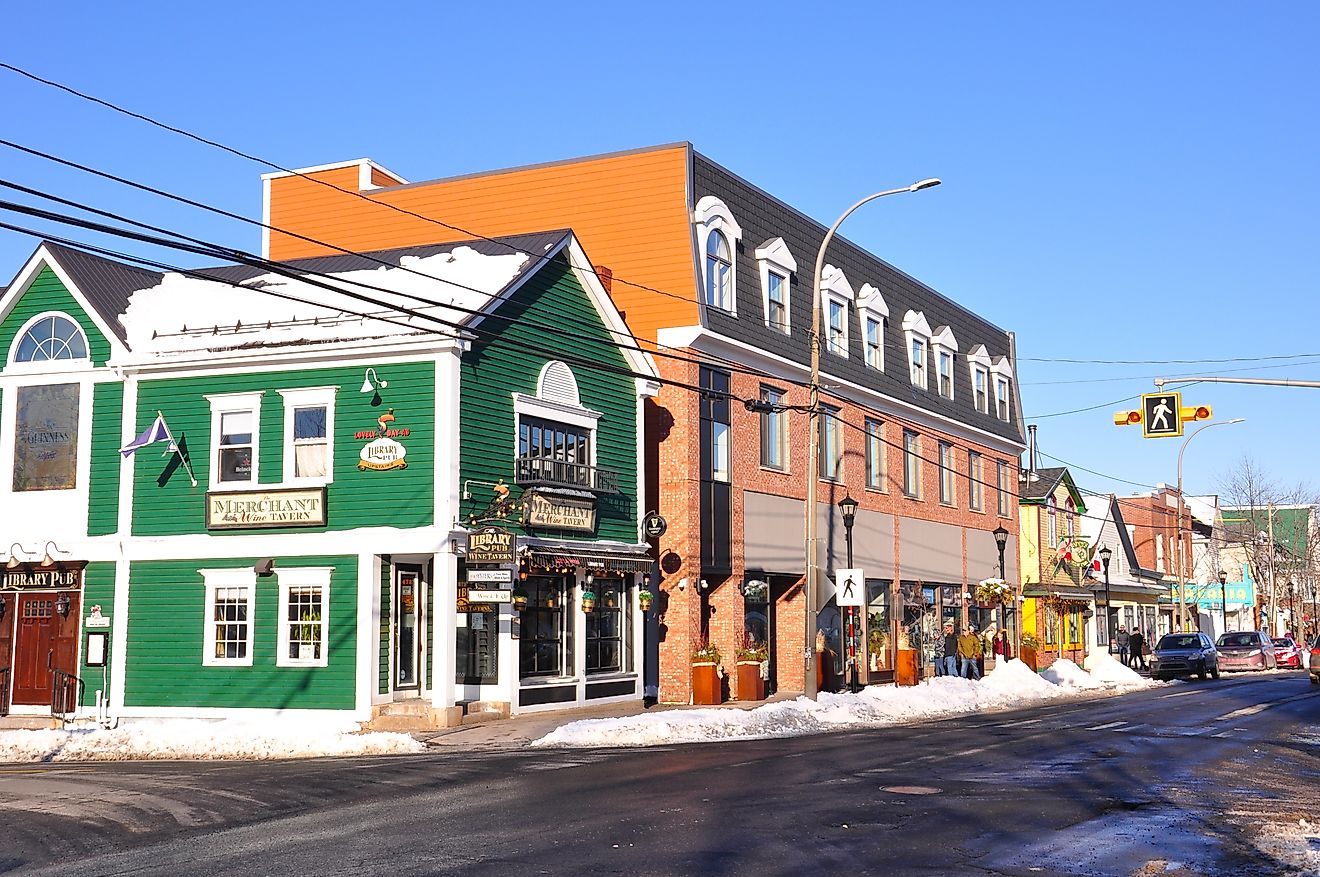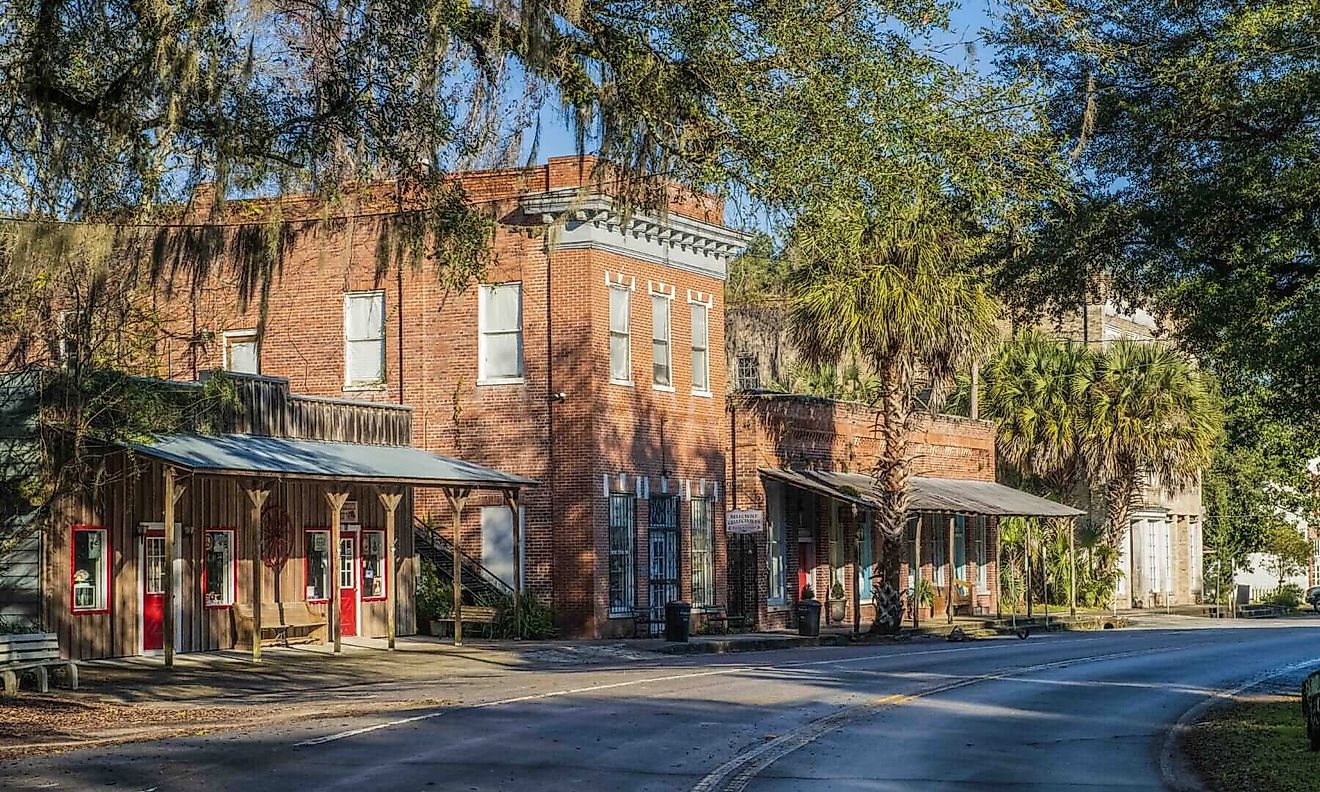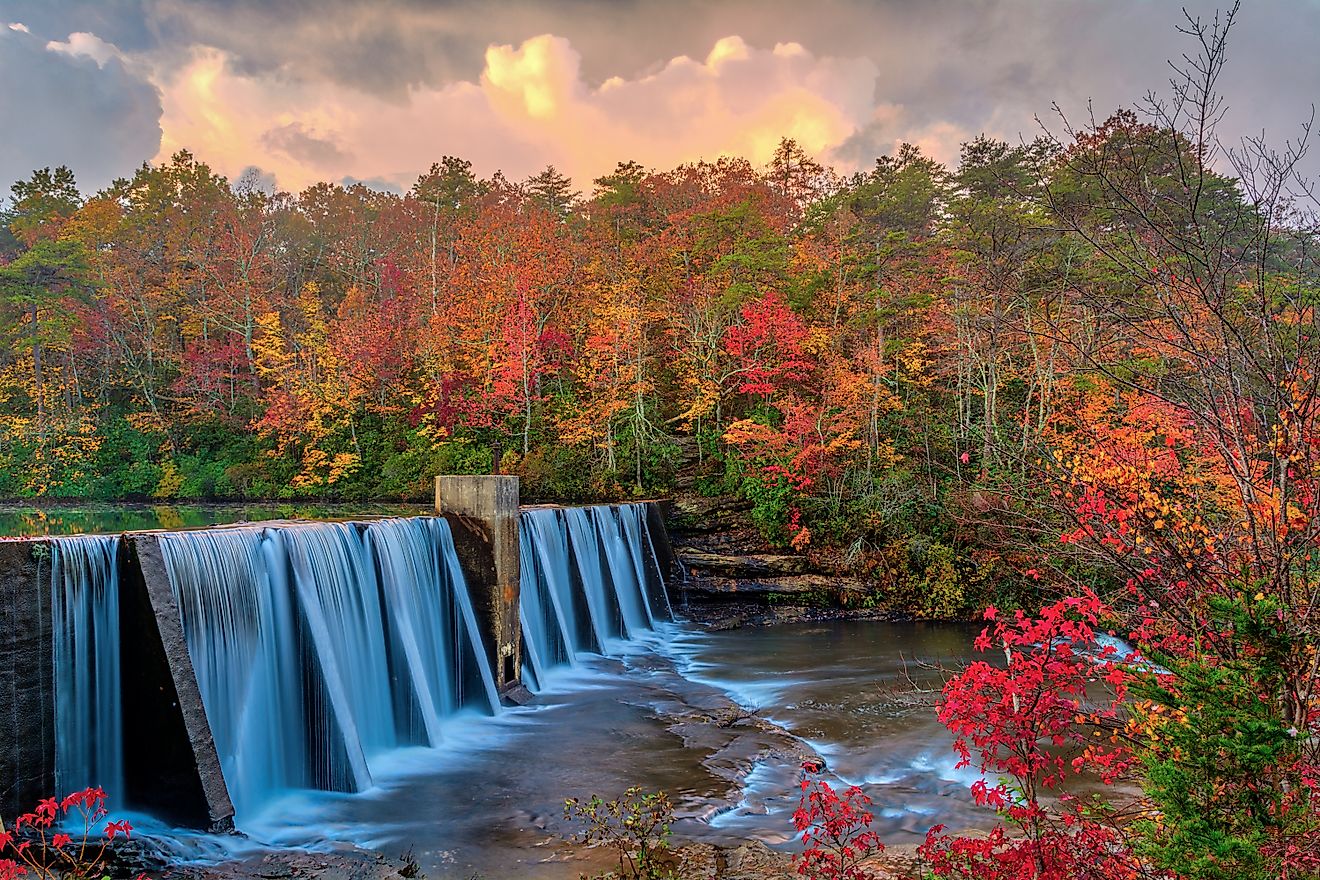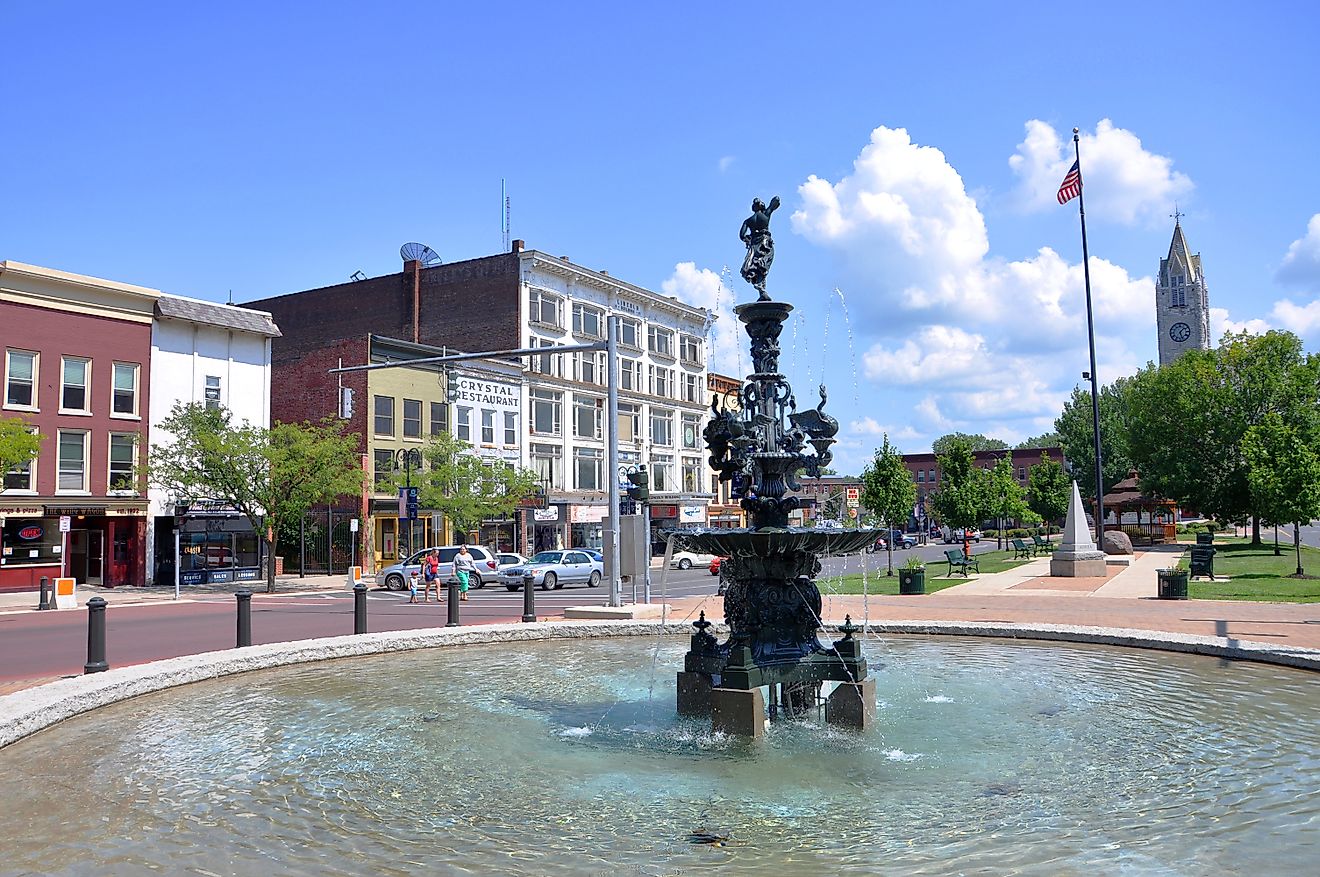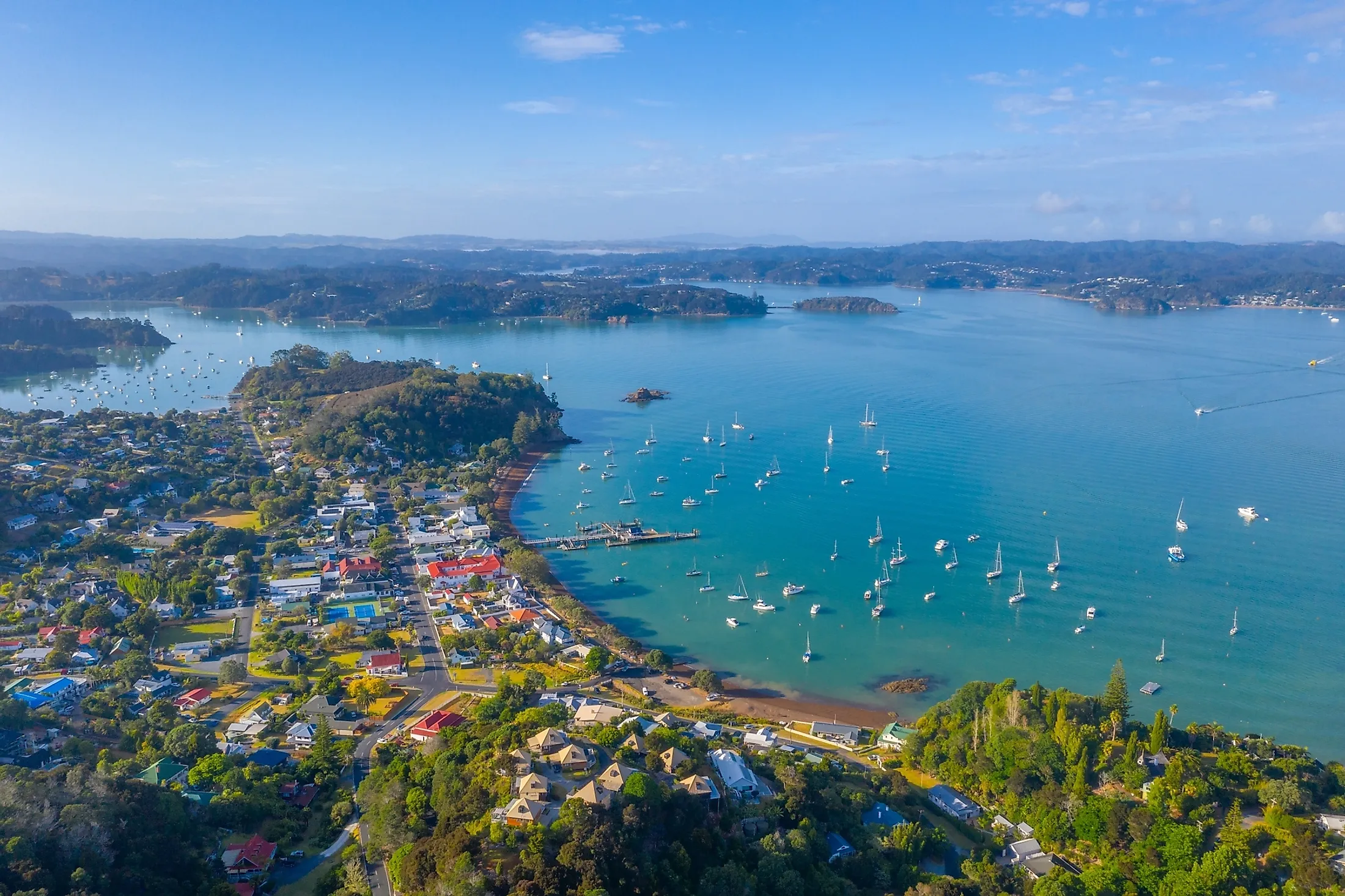
Russell, New Zealand
Also referred to as Kororareka, Russell is a small community located in the Northland region in the northeastern part of the North Island of New Zealand. Situated on the southeastern shores of the Bay of Islands, Russell forms a part of the country’s Far North District. In the early 19th century, Russell served as New Zealand’s first capital, its oldest European settlement, and its first seaport. At present, Russell is a famous resort center with various European-style gift shops, restaurants, cafes, and expensive holiday homes.
Climate Of Russell
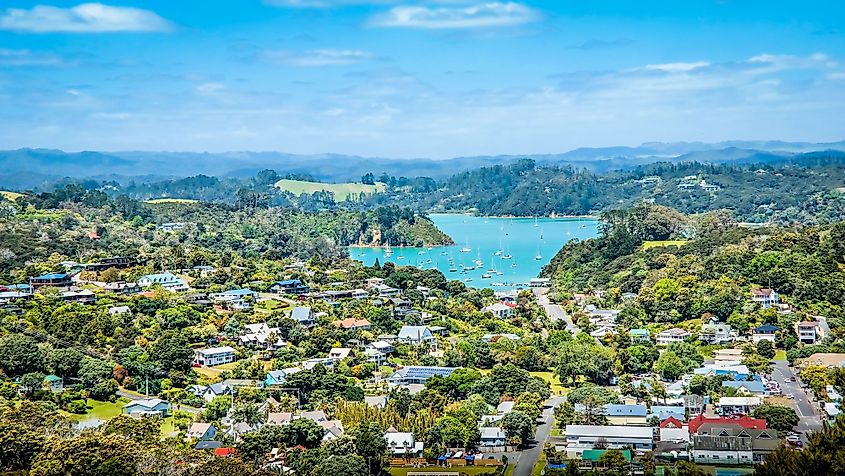
According to Köppen climate classification, Russell experiences a marine west coast climate. February is the hottest month, with an average temperature of 19.6°C, while July is the coolest month with an average temperature of 11.9°C. Russell receives an average annual rainfall of 41.3 inches.
The Population And Economy Of Russell
As per the 2018 New Zealand census, Russell had a population of 762 inhabitants, of which 372 were males, and 390 were females. About 86.6% of the town’s population were European/Pakeha, 20.1% Maori, 2.0% Asians, 1.6% other ethnicities, and 1.2% Pacific people. Currently, Russell serves as New Zealand’s famous resort center attracting visitors to its various gift shops, cafes, restaurants, and expensive holiday homes. Commercial and game fishing are practiced in the town’s deepwater harbor.
Tourist Attractions In Russell
Pompallier Mission and Printery
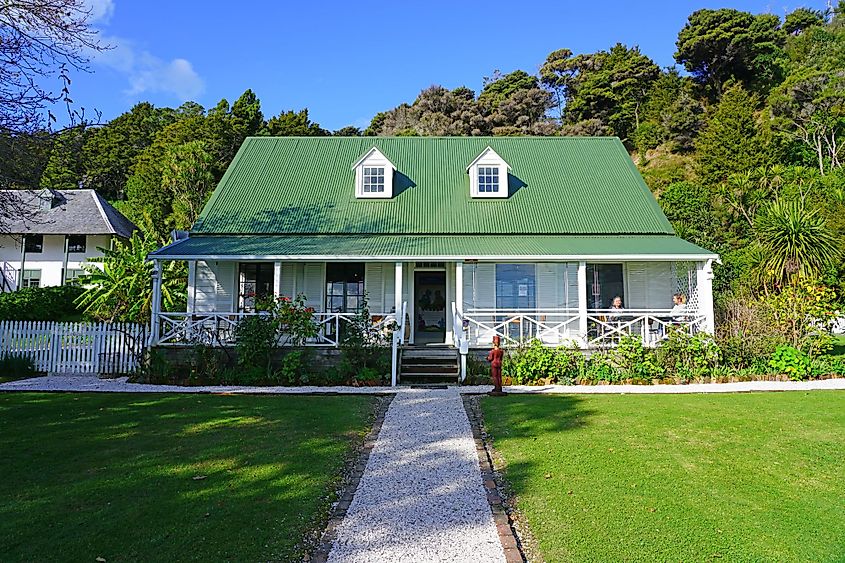
Built by the early Roman Catholic missionaries, the Pompallier Mission and Printery located in Russell is the oldest surviving Roman Catholic and industrial building in New Zealand. It is also the country’s oldest building that has been constructed using the rammed earth technique. The mission was named after Jean Baptiste Pompallier, who served as the first Roman Catholic Bishop in New Zealand and established many catholic missions in the North Island of New Zealand. The house initially served as the headquarters of the French Catholic Mission and a place where the Catholic Missionaries translated the religious texts into Maori. Currently owned and managed by Heritage New Zealand, Pompallier House and Printery remain open to the public for seven days a week, and passionate guides conduct guided tours four times a day for the tourists visiting this heritage property.
Christ Church
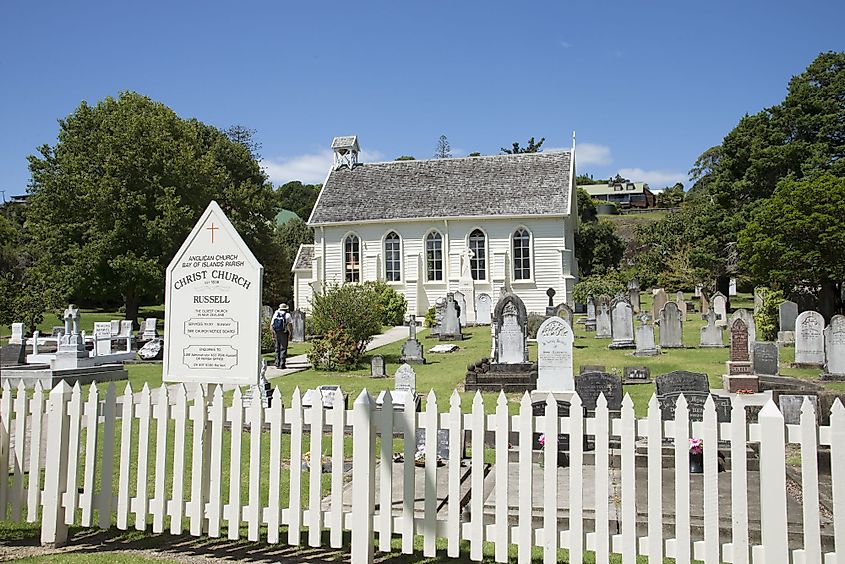
Christ Church is New Zealand’s oldest surviving Anglican church, built by the merchant trader Gilbert Mair in 1835. The cost of the church’s construction was contributed by the English Naturalist Charles Robert Darwin, Vice Admiral Robert Fitzroy, and other officers aboard HMS Beagle. On January 30, 1840, the church served as the site of the British Royal Navy officer Captain William Hobson’s proclamation as the Lieutenant Governor of New Zealand. On November 24, 1983, the church was registered with a category I listing by Heritage New Zealand.
Brief History Of Russell
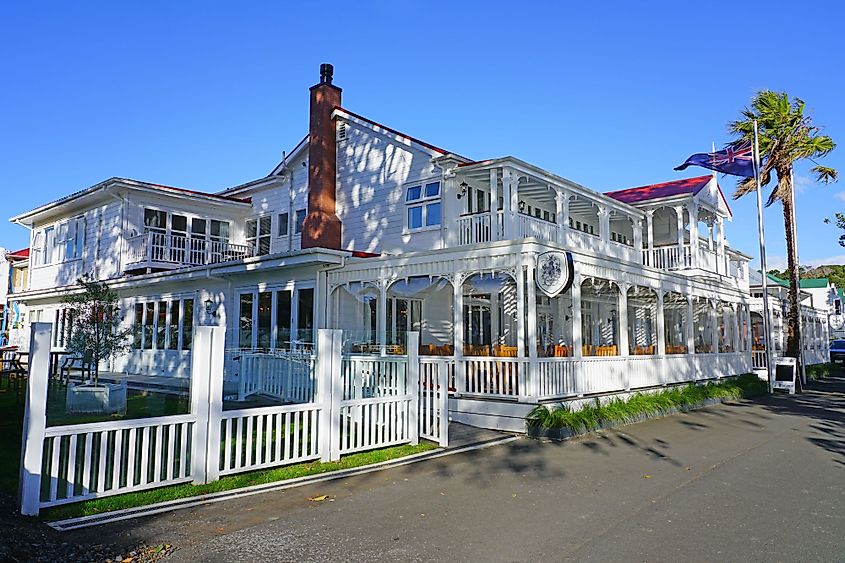
The small coastal settlement was inhabited by the native Maori people long before the arrival of the Europeans because of its pleasant climate, fertile soil, and abundance of food and fish. The settlement was initially named Kororareka. The area’s name is believed to have come from a wounded chief who, upon eating the medicinal penguin soup, exclaimed “Ka reka ko Korora,” which meant “how sweet is the penguin.” Several European and American ships started visiting the area to trade with the indigenous Maori people. The settlement began to develop rapidly due to this trade, but soon it earned a bad reputation and came to be known as the “Hell Hole of the Pacific.” In March 1830, the Girls’ War took place on a beach in Kororareka between the northern and the southern subtribes of the Ngapuhi iwi tribe. The British Royal Naval Officer Captain William Hobson read out his proclamation of being the Lieutenant Governor of New Zealand at Christ Church on January 30, 1840. In due course, Kororareka developed as an important mercantile center and as a vital resupply port for whaling operations. After the Colony of New Zealand was established, Governor Hobson refused to select Kororareka as the capital because of its bad reputation. Instead, he purchased land about 5km south of Kororareka at Okiato and named it Russell after Lord John Russell, the then British Secretary of the State for the Colonies. Governor Hobson chose Russell (Okiato) as the ‘first capital of New Zealand.’ After Russell (Okiato) was destroyed by fire in 1841, Governor Hobson transferred the country’s capital to Auckland. The town of Russell was then relocated to the village site of Kororareka by 1846.
